Study tours
- A collection of selected video tours of renewable district heating plants across Europe. *Come back for updates!*
- The videos are published in different languages, but you can easily add automatic English subtitles: click on the image to open the video, then on the Youtube video click on "settings", select "subtitles" > "automatic translation" and finally select the English language. Don't be afraid: we've tested it and the translation is good!
STUDY TOURS (click on image to watch video) ........................................................................................... 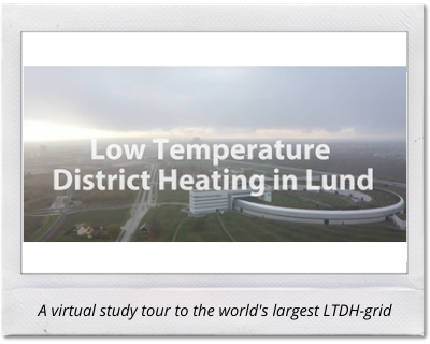
| Since the pandemic prevents COOL DH project from welcoming visitors and arranging study tours, Lund Municipality and Kraftringen decided to arrange a virtual study tour to Brunnshög that you can join whenever you like. In this video Markus Paulsson, energy strategist in Lund municipality and Sara Kralmark, project manager at Kraftringen, guide us through some of the highlights of the low temperature district heating grid in Lund. (10:42 min) |
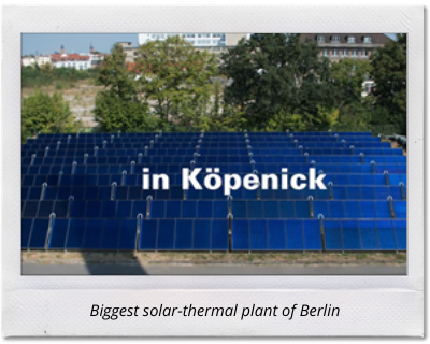
| In Berlin Köpenick, Vattenfall has commissioned the city's largest solar thermal plant to date (2018). (2:05 min) |
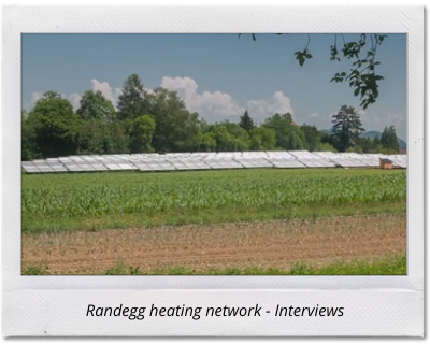
| In August 2018, a solar thermal collector field will be commissioned in the Randegg heating network in addition to the biomass boilers. Bene Müller from Solarcomplex AG expects that the boilers will thus remain switched off during the summer months. (www.solare-waermenetze.de) This video was created as part of the Solnet4.0 project.
|
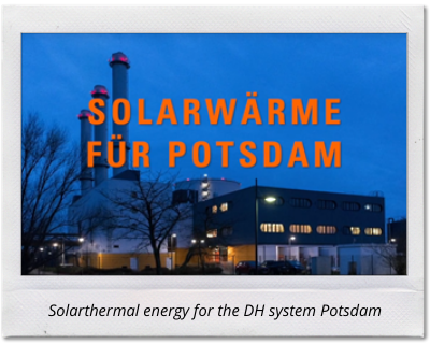
| Interview with Eckard Veil (Technical Managing Director Energie und Wasser Potsdam) about the new over 5.000 m² solar thermal plant, which provides heat for the Potsdam district heating network. (5:16 min) |
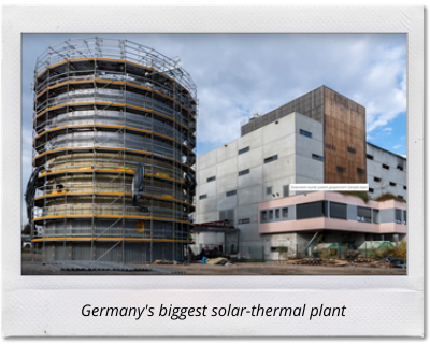
|
(2:47 min) |
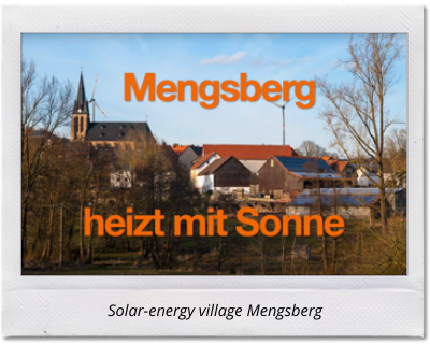
| The solar energy village of Mengsberg, winner of the German Solar Prize, has been successfully supplying its residents with sustainable energy from the sun and biomass since 2018. (3:57 min) |
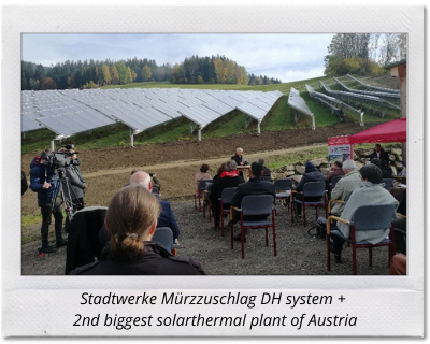
|
(from min 1:54 to min 5:50) |
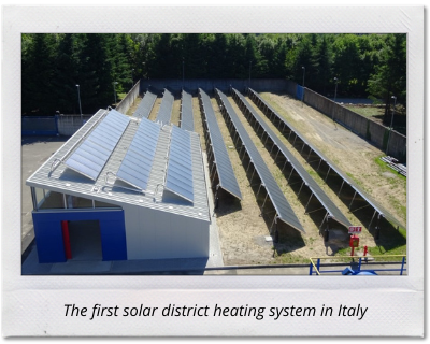
| The 990 m2 solar thermal plant provides heat to the district heating network in the city of Varese. It uses already existing water storage tanks with a total volume of 215 m3. To obtain a lower average working temperature for the solar collectors, however, the solar circuit can also pre-heat the cold water which is needed to restore water losses in the grid and which is taken from public water supply at 10 °C.
|
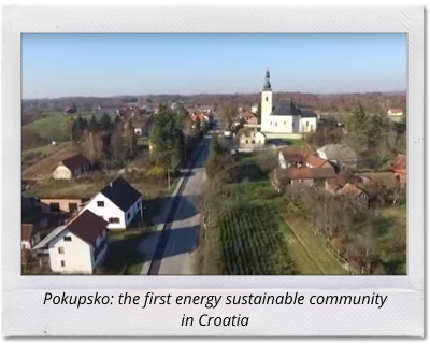
| In 2015, after more than six years of preparation and hard work, the first and only communal biomass heating plant was constructed in the Municipality of Pokupsko (North-West Croatia). It provides heating to public and commercial buildings as well as households located in the centre: currently 30 consumers are connected to the district heating system, while there are plans to connect other parts of the municipality. Almost 70% of the area of the Municipality is covered with forests, many of them private, and this is one of the main reasons why the plant has been established right here. Also a biomass trade and logistic centre was established, which provides a big support to the utilisation of local wood for heating. This is a direct result of an EU funded project (BioRES project within the Horizon2020 programme) in which Pokupsko Municipality participates through the North-West Croatia Regional Energy Agency. The final result is that currently more than 75% of energy needs in Pokupsko are satisfied through local resources, with the plans to reach 100% within the next five years! (9:56 min) |
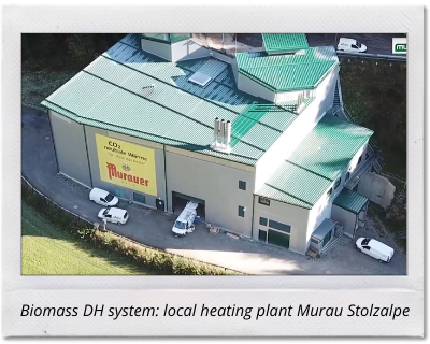
| Murau is a small Austrian town is situated in a densely wooded area. Murau's energy vision is to be energy self-sufficient: for this reason the small town has built a biomass DHS, that is able to cover the heat demand of the biggest heat consumers of the town – among them the rehabilitation centre Stolzalpe and the Murau's brewery. In 2019 three wood gasification and power to heat plants were installed. Now it is possible to switch off the initial heating boiler plant during the off-peak periods. This allows a much better efficiency of the whole system. By now the route length of the DHS is 11 km and it supplies heat to 93 customers. (9:51 min) |
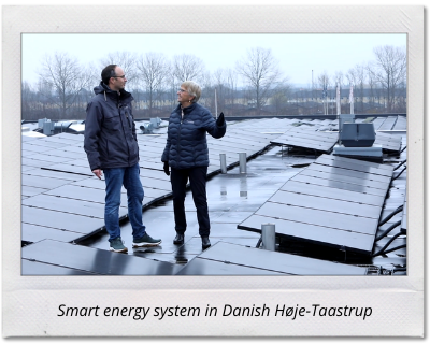
| The COOL DH-project has now run for more than three years and the results are starting to show! In this video you will see how low-temperature district heating and large heat pumps are an essential element in Høje Taastrup District Heating and Høje-Taastrup Municipality’s collaborative journey towards an efficient, flexible and smart energy system. Many exciting and innovative solutions for energy efficiency and low temperature district heating are coming together, engaging both businesses and citizens in creating a sustainable city district. (7:38 min) |
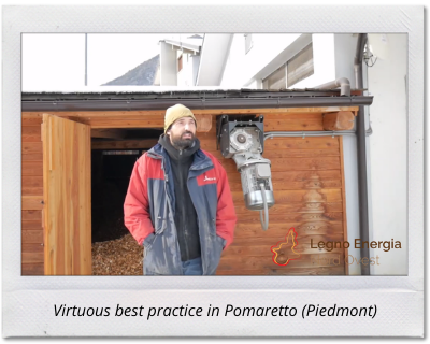
| Thermal power plant fueled by wood chips serving the town district heating network of the Italian Municipality of Pomaretto. The plant was put to operation at the start of 2018: a modern 600 kW system heats 70 homes, the hospital and the municipal public buildings, allowing savings in energy costs of up to 50%. / Video in Italian / (3:54 min) |
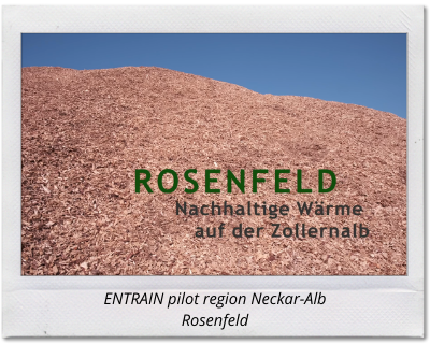
|
|
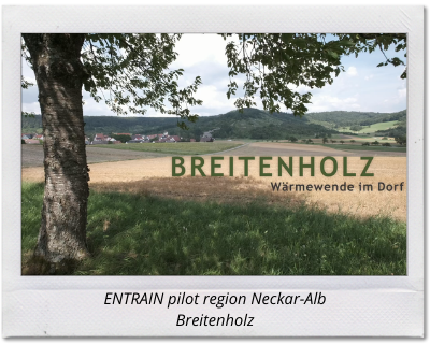
|
/ Video in German, with English subtitles / (5:14 min) |
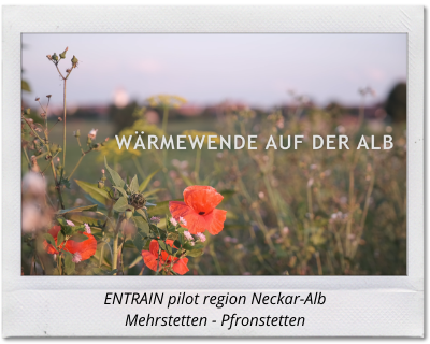
|
/ Video in German, with English subtitles / (06:03 min) |
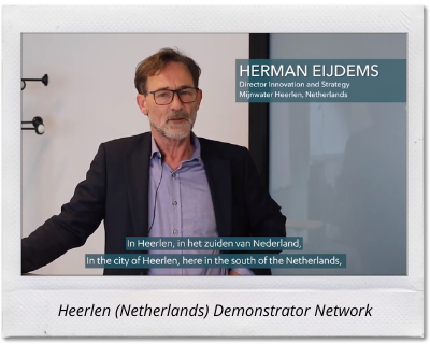
|
|
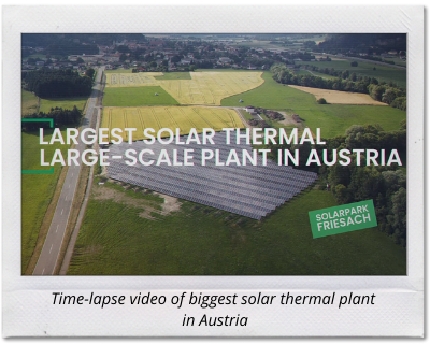
|
|
